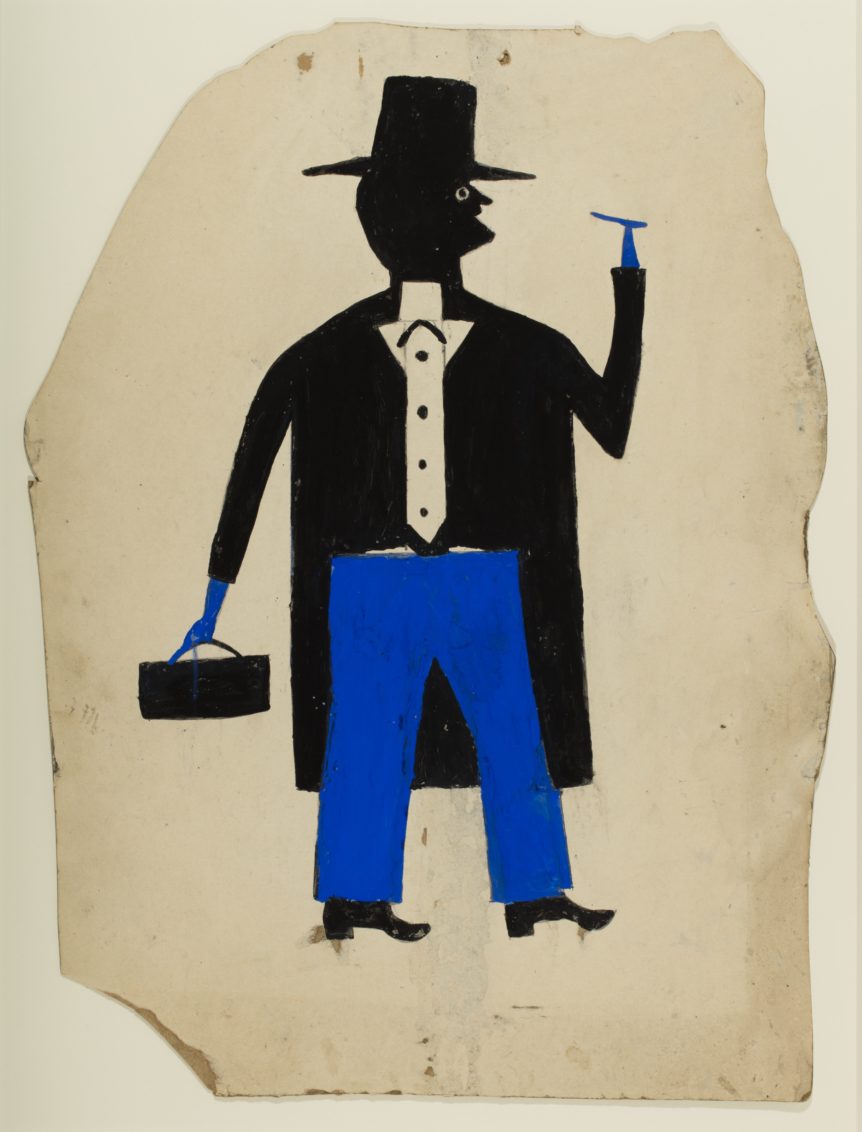

Fig. 2. Bill Traylor (c. 1853–1949) at work in Montgomery, Alabama, c. 1940, in a photograph by Jean and George Lewis. Courtesy of Caroline Cargo Folk Art Collection, Cazenovia, NY. All images courtesy of the Smithsonian American Art Museum, Washington, DC.
In the late 1920s, Bill Traylor, a Black man from rural Alabama, found himself at a crossroads, when he would leave behind one lifetime and embark on another. Then in his mid-seventies, he realized that his tethers to plantation life had fallen away, so he traveled, alone, into the urban landscape of Montgomery. In the segregated part of town, he found work and lived successively in several different places; he would spend the next twenty-plus years there, with one foot rooted in his agrarian past and one in the evolving world of African-American urban culture. After being in Montgomery for about a decade, his physical strength waning, Traylor made the radical steps of taking up pencil and brush and attesting to his existence and point of view.
Sitting on a street corner minding his own business, Traylor was almost invisible, but his drawings and paintings, visually striking and politically assertive, would cast him— posthumously—as a larger-than-life figure in American art. That Traylor became an artist at all was against the odds. He had no road map for his project, which he undertook at a time and place that entailed great risk. His scenes range from quotidian to edgy to bone-chilling: a woman and child holding hands, a Black person reading, a harrowing chase, a lynching.
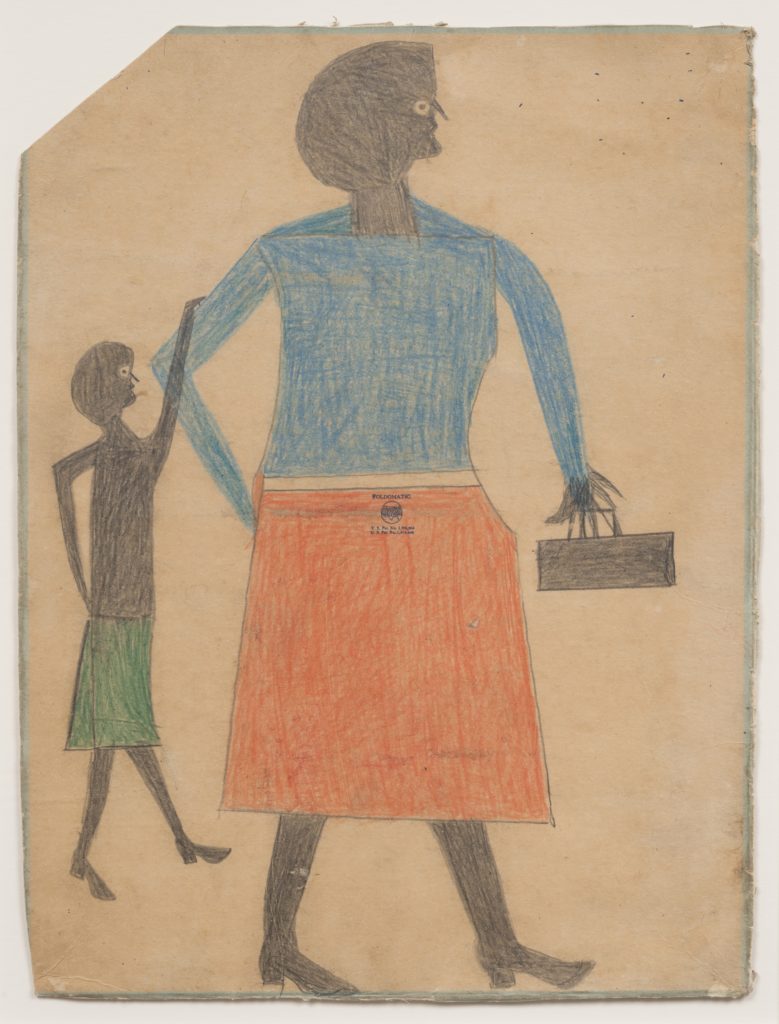
Fig. 3. Mother with Child, c. 1939–1942. Colored pencil and graphite on cardboard, 15 1⁄2 by 11 3⁄4 inches. Collection of Judy A. Saslow; photograph by James Prinz.
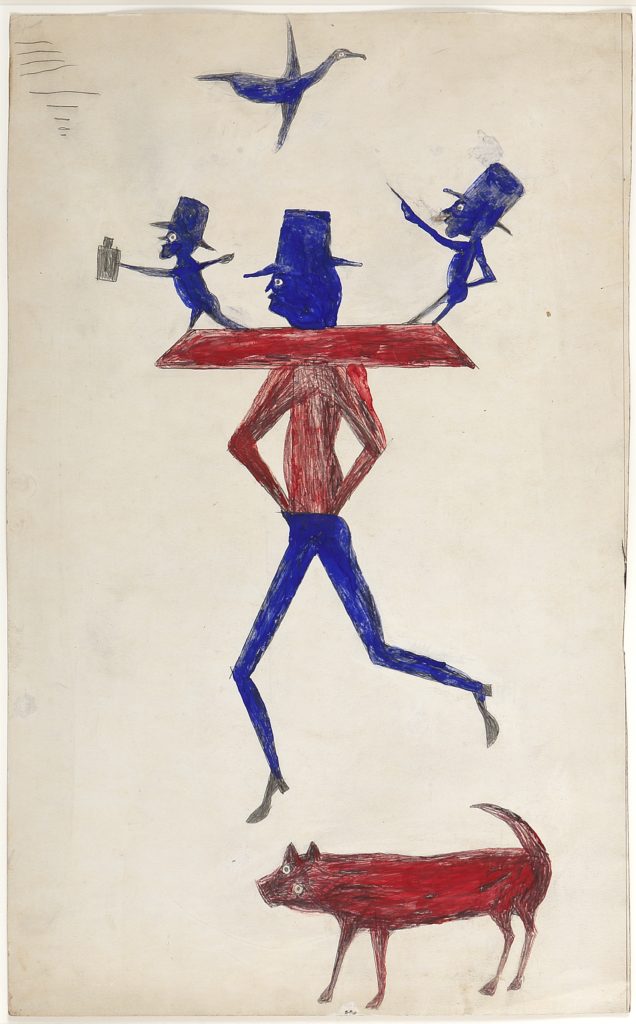
Fig. 4. Man with Yoke, c. 1939–1942. Gouache and graphite on cardboard, 22 by 14 inches. Private collection; photograph by Bonnie H. Morrison.
Traylor’s existence was divided almost equally between two centuries. He was a twentieth-century artist, admired for his simple yet powerful distillations of tales and memories and his brilliant use of color, but in important ways he remained a nineteenth-century man. He was born into slavery around April 1, 1853, on the Alabama plantation of John Getson Traylor (then deceased) in Dallas County, near the towns of Pleasant Hill and Benton.1 In 1863, when Bill was about ten, he and his family were relocated from the farm of John G. Traylor to that of John’s brother, George Hartwell Traylor, whose plantation was just across the county line to the east, in Lowndes County, on what is now Double Church Road. When emancipation became a reality in the South two years later, Bill and his family remained on George Traylor’s land as laborers. Records indicate that Bill had three marriages, two legal and one common-law, occurring in 1880, 1891, and 1909. By 1910 he and his family (some fifteen children from those three relationships) were living on the outskirts of Montgomery and working as tenant farmers. His third wife, Laura, died in the mid-1920s, after which, in 1927 or 1928, Bill moved to Montgomery. Except for brief stints with his grown children in Detroit, Philadelphia, and Washington, DC, during World War II, he remained in Montgomery until his death on October 23, 1949. These are the skeletal facts of his life.
The art world’s discovery of Traylor has often overshadowed the details of his personal journey for two reasons. The first involves Charles Shannon, a prominent white artist from Montgomery who met Traylor in 1939 and began to collect and save his work; without that key encounter, Traylor and his art likely would not have gained recognition. But the circumstances also placed the story entirely in the hands of the empowered teller rather than those of the man whose life it was. Dovetailing with this unequivocally skewed influence is the second fact, namely that Traylor’s own narrative is difficult to trace with any accuracy, and romantic myths easily filled the vacuum.
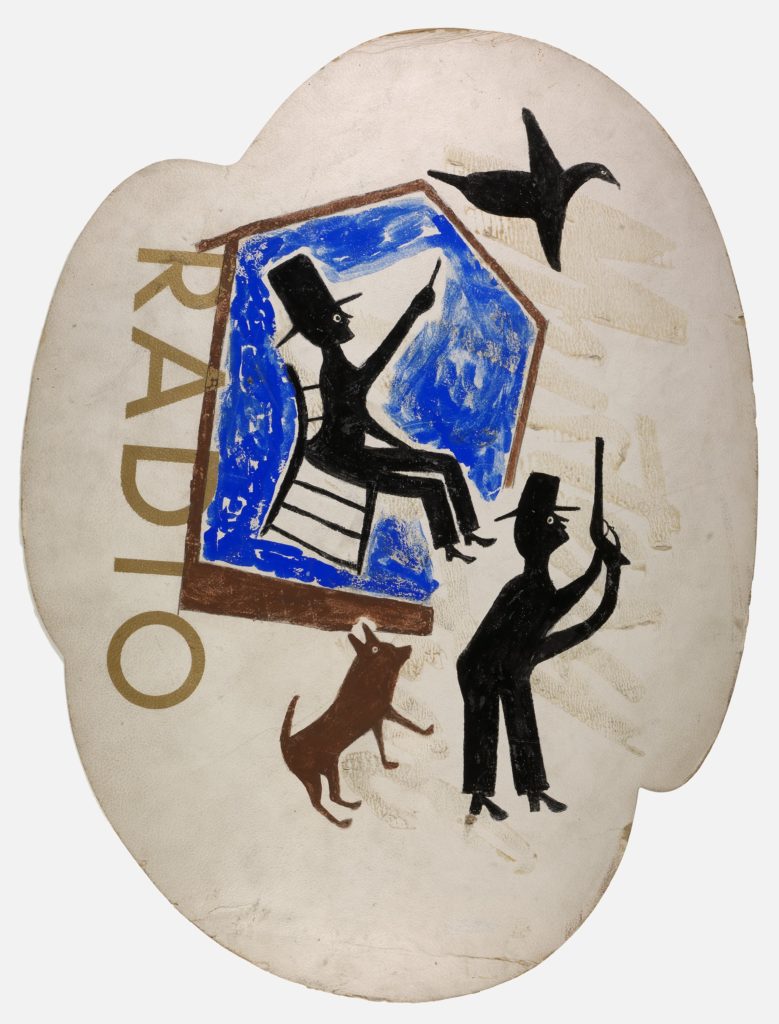
Fig. 5. Untitled (Radio), c. 1940–1942. Opaque watercolor and graphite on printed advertising paperboard, 32 1/2 by 24 1/2 inches. Smithsonian American Art Museum, purchase through the Luisita L. and Franz H. Denghausen Endowmnent; photograph by Gene Young.
In his later years, Traylor recorded a lifetime of memories, dreams, stories, and scenes in his art. Although he may have started earlier and surely made art later, the body of Traylor’s extant work was produced in just four years, between 1939 and 1942. His art was internally driven and formed organically. His images are steeped in a life of folkways: storytelling, singing, local healing, and survival. They look freedom in the eye, but don’t fail to note the treacherous road African Americans had to travel along the way. Traylor’s pencil drawings evidence a learning process that spanned rudimentary mark making and a sophisticated reduction of form, color, and gesture. They show the artist’s attentive observation and incisive ability to convey mood and action. Determined to shape a visual language for and by himself, Traylor became a master of freeze-frame animation and condensed complexity. His pictures comprise an oral history recorded in the only language available to an illiterate man—a pictorial one. Although people would purchase drawings from him for a dime or a quarter, he did not make them to please anyone else’s taste or with anyone’s guidance.
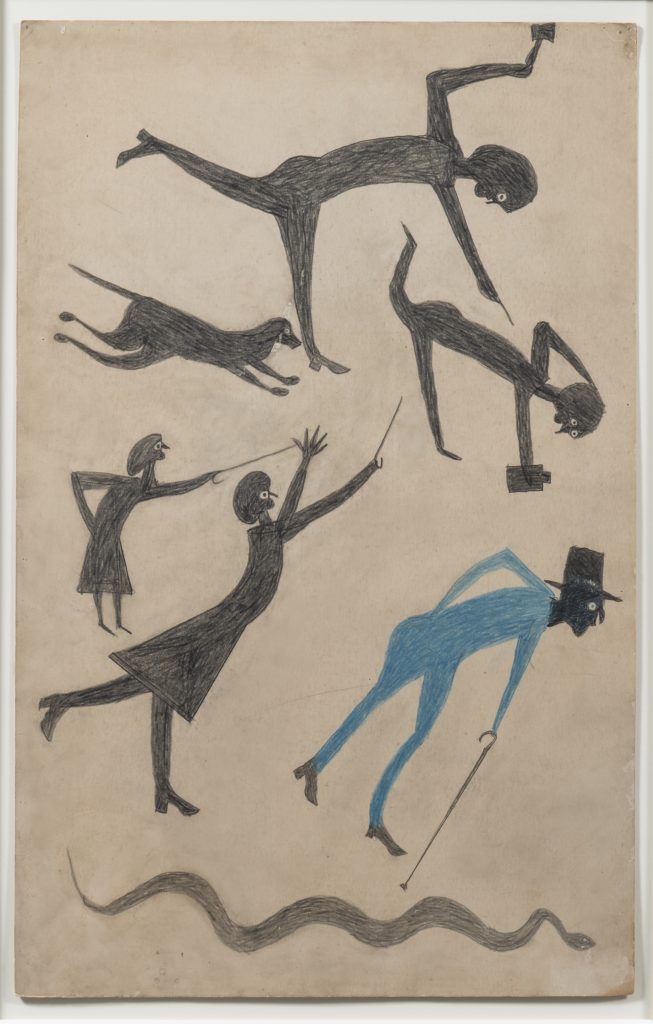
Fig. 6. Untitled (Event with Man in Blue and Snake), 1939. Colored pencil and graphite on cardboard, 22 by 13 5/8 inches. Collection of Penny and Allan Katz; photograph by Gavin Ashworth.
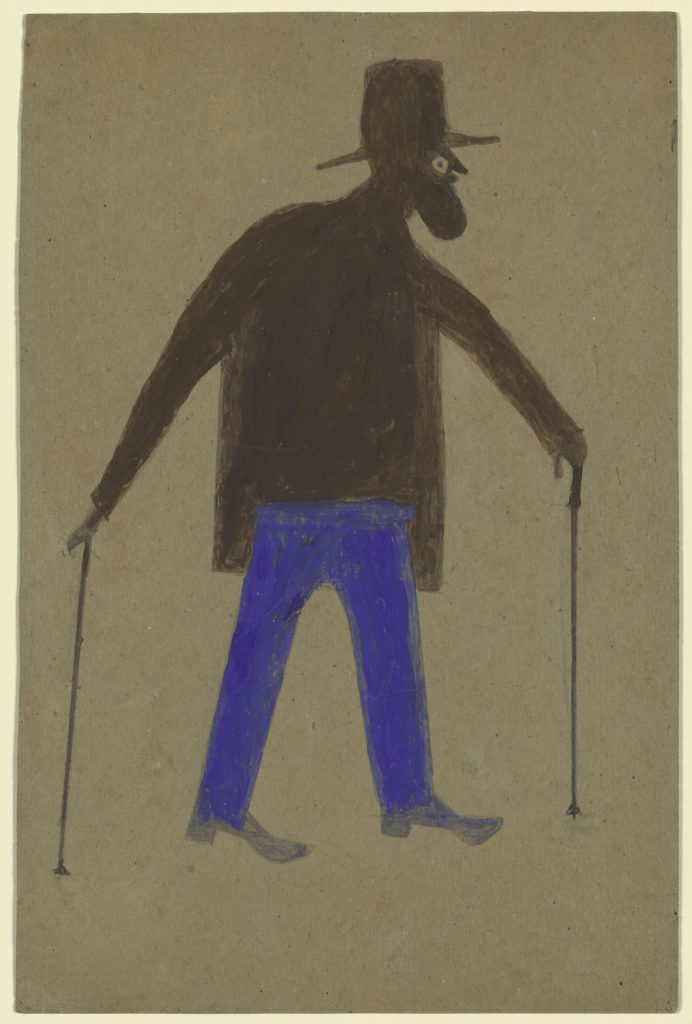
Fig. 8. Self-Portrait, c. 1939–1940. Gouache and graphite on cardboard, 17 3⁄4 by 11 3/8 inches. Metropolitan Museum of Art, promised gift of Charles E. and Eugenia C. Shannon, © Metropolitan Museum of Art; Art Resource, NY, photograph.
Unsurprisingly, Traylor’s visual depictions echo the beliefs and stories that had carried his people’s history from slavery through many subsequent decades. As these modes of expression are well known to do, Traylor’s imagery often holds veiled meanings and lessons underneath the veneer of simplicity or humor. Traylor experimented with abstraction and became adept at using it. He would have understood acutely that faithful representation could be perilous for a Black man to pursue; his art reveals the various ways in which he skirted clarity and mitigated risk.
Traylor’s penciled and painted depictions confront us with not only the humanity of the artist but also the world beyond the personal; his is an eyewitness account of the American experience at a time when Black people were supposedly free yet rarely had any control over their own lives. Traylor’s work is unique in materials, size, scope, place, and era. Aside from the historical and cultural ways in which his art is vitally important, it is also endlessly astonishing, bold, and enigmatic. When Traylor died in 1949, he left behind more than a thousand works.
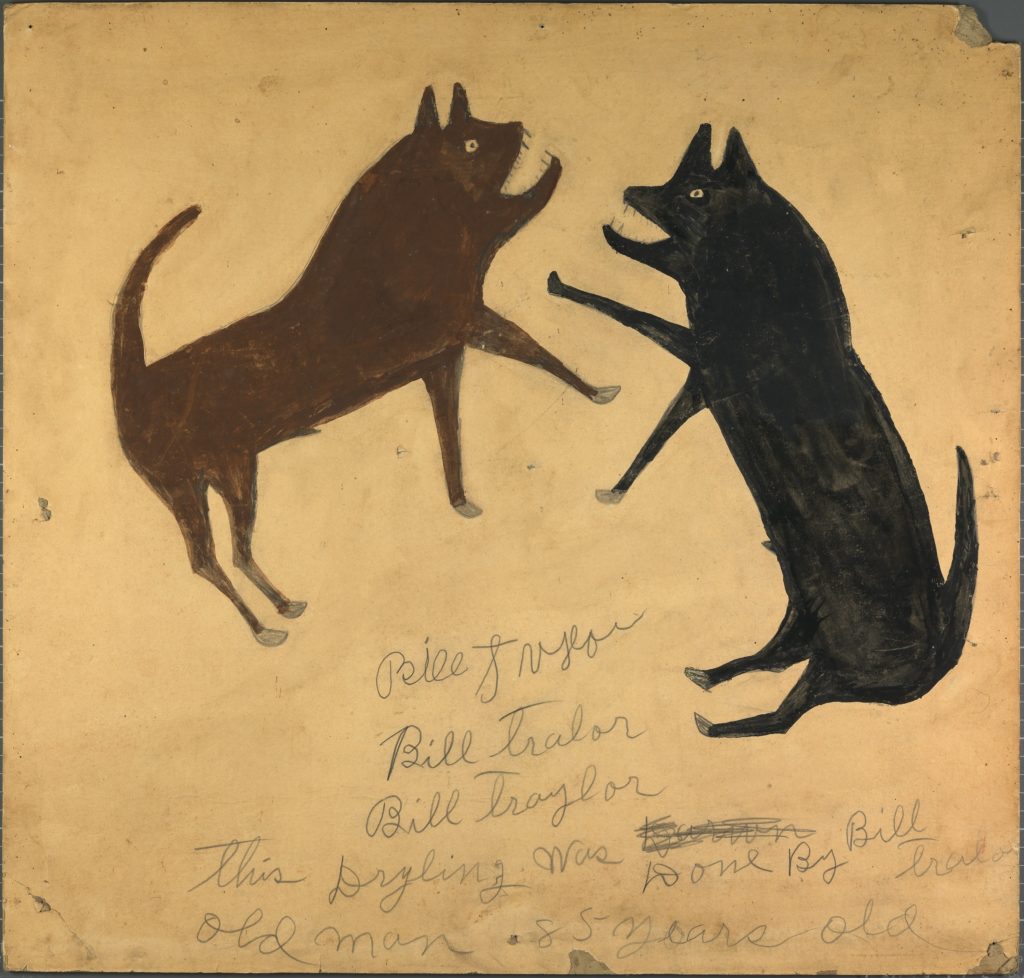
Fig. 7. Untitled (Dog Fight with Writing), c. 1939–1940. Opaque watercolor and graphite on paperboard, 21 by 22 inches. Smithsonian American Art Museum, purchase through the Luisita L. and Franz H. Denghausen Endowment; Young photograph.
Regrettably, a dearth of accurate information about lineage and family history is an inherent reality for African Americans born before the twentieth century. Important papers are either scarce or missing entirely, and those that exist (often handwritten) are factually inconsistent and difficult to read. Literacy was viewed as incompatible with the institution of slavery. Even long after emancipation, the ability to read and write was considered a sign of status, and whites, who too often regarded Black people as inferior, made and kept the important civic documents for Blacks without much concern for their accuracy. The result is that any investigation of extant records will frustrate attempts to chart a clear trail of facts. Traylor’s contemporaries provided important details about the artist and his art, but they also generated lasting misinformation and paternalistic views. Scholars and writers in more recent decades have variously contributed excellent and erroneous parts to a blended narrative that has become ingrained in the public mind.
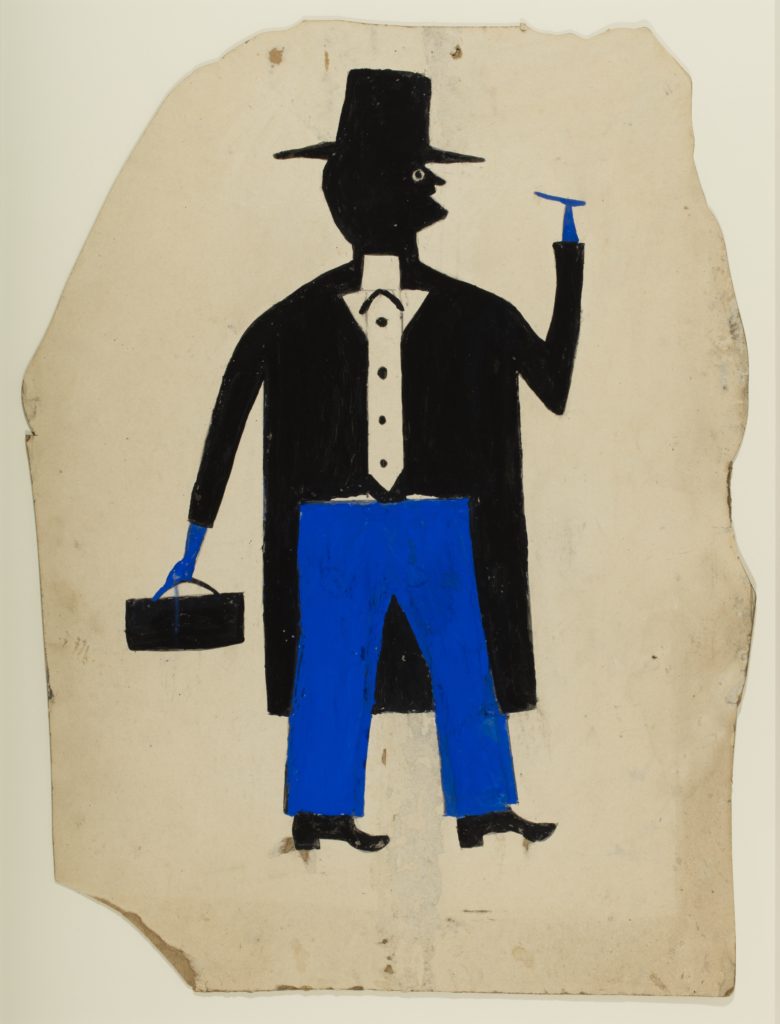
Fig. 9. Man in Black and Blue with Cigar and Suitcase, c. 1939–1942. Poster paint and graphite on cardboard, 21 1/2 by 16 inches. Collection of Jerry and Susan Lauren; photograph by Matt Flynn, © Smithsonian Institution.
The chronicle presented in Between Worlds: The Art of Bill Traylor—the monograph and exhibition of the same name—has been gleaned from census records, slave schedules, Montgomery city directories, and vital documents such as birth certificates and Social Security files, historical photographs, and family memories. But the material also draws on a large body of scholarship, encompassing folklore, cultural studies, and social and art history.
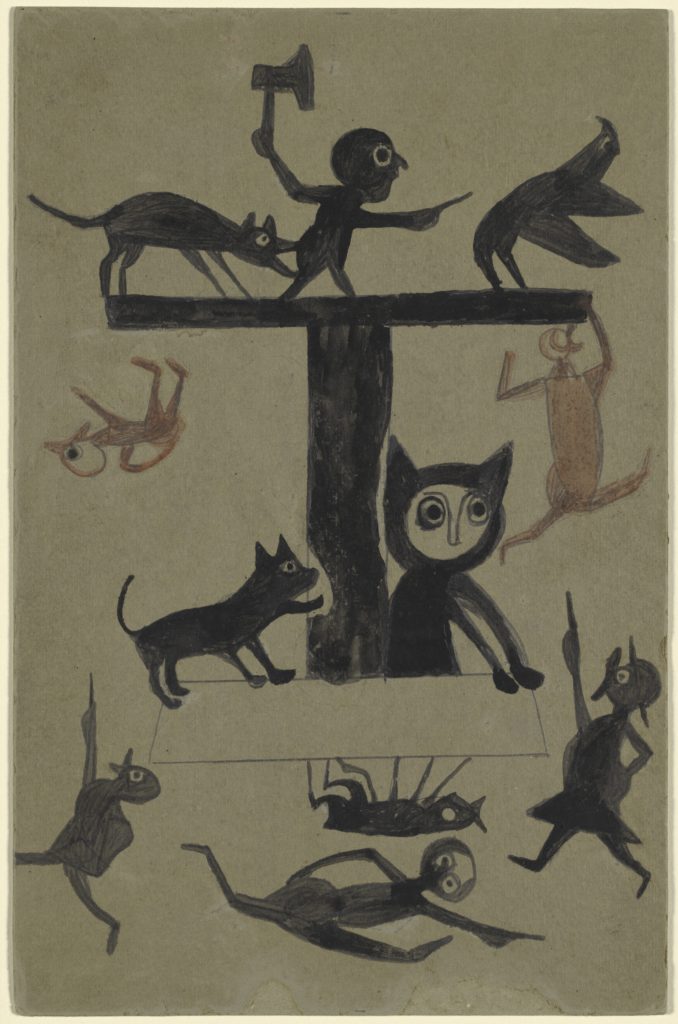
Fig. 10. Figures and Construction with Cat, c. 1939–1942. Gouache and graphite on cardboard, 13 7/8 by 9 1/8 inches. Metropolitan Museum of Art, promised gift of Charles E. and Eugenia C. Shannon, © Metropolitan Museum of Art; Art Resource, NY, photograph.
Part one of the book, “The Life of Bill Traylor,” focuses on Traylor’s personal biography from birth to death. His story emerges from the intertwined pasts of the white and Black Traylors in rural Alabama, from the antebellum South through Jim Crow segregation. The many irregularities and alternate possibilities within this fractured narrative are outlined as clearly as the data allows, and facts are delineated from interpretations. The present assessment resists the temptation to connect various dots and craft a tale that seems clean, easy, and concrete; instead, it moves the history of Bill Traylor forward with the greatest accuracy possible. Although Traylor’s life story will always be a lattice of facts and voids, his art sprang from the whole of his experience and must be examined in conjunction with the reality that informed it. He offered few comments about his work, and the words he did utter were recorded by another and filtered through the lens of cultural distance. The lack of Traylor’s voice sends us searching more deeply into his images, which range from simple to arcane. The research gathered in this project gives us a grasp of the historical and cultural environment that shaped the artist and informed his art.
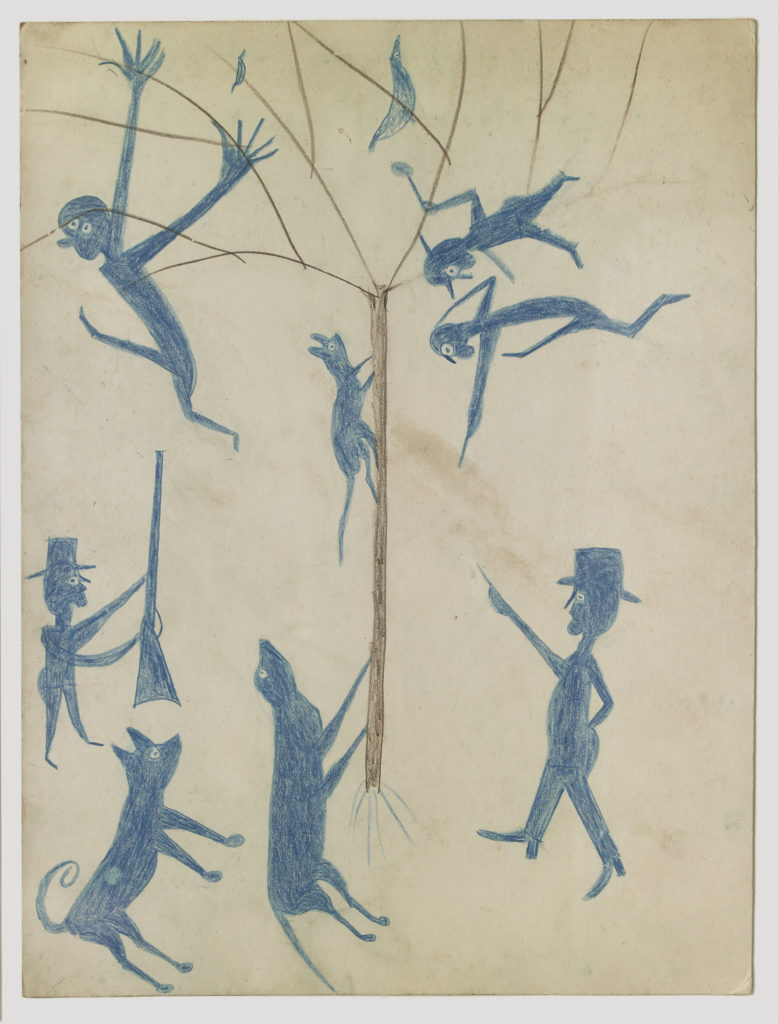
Fig. 11. Untitled, c. 1939–1942. Colored pencil on cardboard, 19 3⁄4 by 15 inches. Collection of Jan Petry and Angie Mills; © John A. Faier photograph.
Part two, “The Art of Bill Traylor,” sets the stage in the late 1930s, when Traylor first encountered members of the New South artists’ collective and received attention for the pictures he made. It examines Traylor’s creative progression, his experience as a late-life artist, and the posthumous attention his work garnered. Further, it explores his imagery in depth—its stylistic development, the beliefs it reflects, its themes, stories, and characters—and ultimately situates Traylor as the only known artist enslaved at birth to make a significant body of drawn and painted work—one that offers a portal into African-American culture in that time and place. “The Art of Bill Traylor” investigates Traylor’s rise to fame, and positions him within the overarching context of American art.
Traylor was just a boy when the Union won the Civil War and the enslaved were made free Americans. Traylor’s experience was rooted in knowing the difference between the white and Black worlds and keeping personal thoughts and views hidden. He was part of the first generation of Blacks to become American citizens, a group that has often been eclipsed by the bracketing histories of slavery and civil rights.
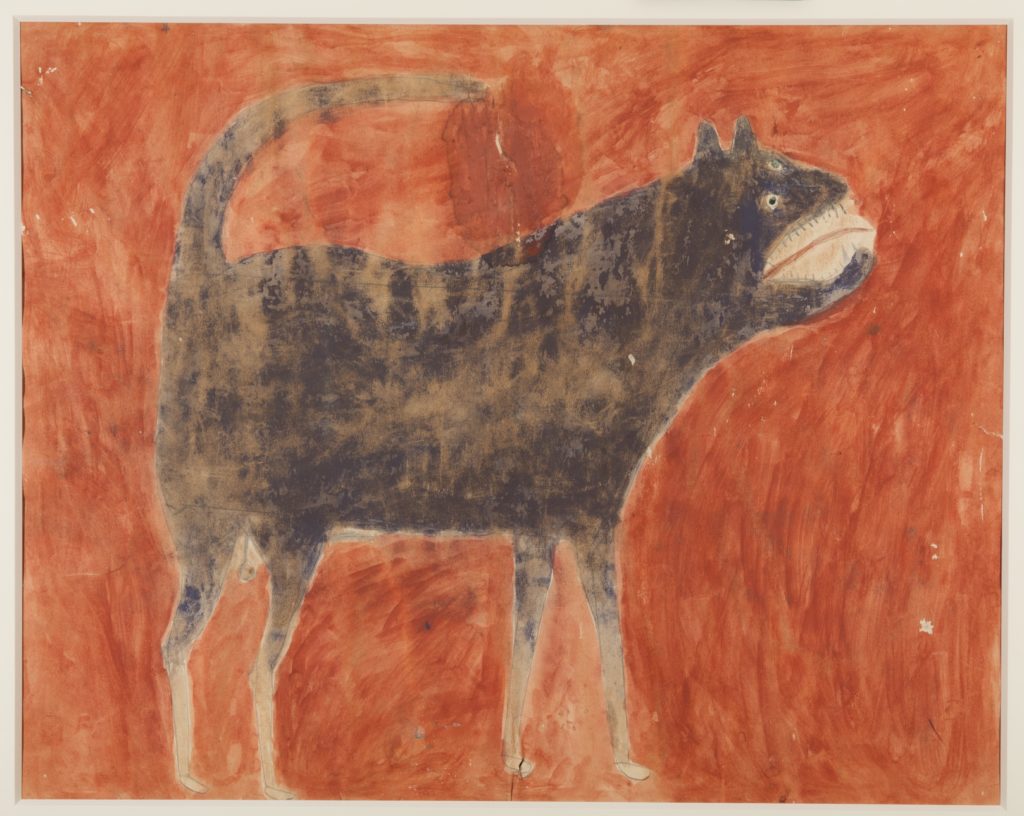
Fig. 12. Mean Dog, c. 1939–1942. Poster paint and graphite on cardboard, 22 by 28 inches. Lauren collection; Flynn photograph, © Smithsonian Institution.
Citizens or not, freedom did not come easily. The backlash against emancipation was harsh. Lowndes County, where Traylor and his family spent much of their lives, had the reputation of being one of the South’s most brutal places. The social systems for keeping Blacks impoverished and disenfranchised were forceful and pervasive. Traylor spent almost all his working years amid a culture that overtly preferred Blacks to be illiterate and submissive, automatically accept accounting records that never seemed to come out in their favor, and toil endlessly on land that belonged to someone else, all while living in extreme poverty, without adequate nutrition or health care, and with the unremitting fear of wondering what comes next.
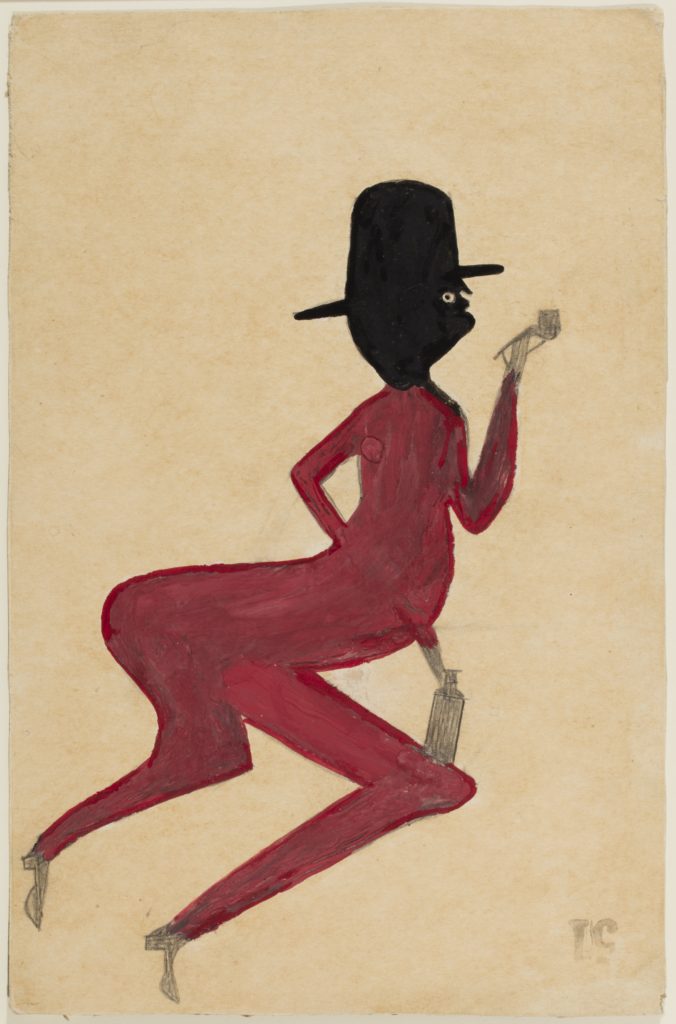
Fig. 13. Red Man, c. 1939–1942. Poster paint and graphite on cardboard, 12 by 7 3⁄4 inches. Lauren collection; Flynn photograph, © Smithsonian Institution.
But it was also a time when things were percolating. Black schools were becoming prevalent, and programs for land ownership established. Musical forms that began as the folkways of the fields were urbanizing and growing popular. Many African Americans were gaining prominence as writers, scholars, artists, and agents of social change. Traylor would not live to see the civil rights movement, but he was among those who laid its foundation.
The Montgomery of Traylor’s era, like all of Alabama, was segregated. He lived and worked in the neighborhood known then by the racially disparaging epithet “Dark Town,” but more enduringly as the Monroe Street Black Business District, a section of town that grew exponentially between 1900 and 1940. Despite the atmosphere of oppression, the Black business district was a seedbed for Black culture. African-American businesses encouraged Blacks to “patronize . . . enterprises conducted by their own race, even at some slight disadvantage.”2 They doggedly made their own way and actively chose one another over white establishments; those who were better off took care of the less fortunate as best they could, in what they called a “support-n-share” system. The district included banks and barbershops, grocery stores and diners, undertakers, a movie theater, pool halls, drugstores, shops for all manner of goods and services, and churches, fraternal lodges, and mutual-aid organizations. During the bus boycott of 1955–1956, businesses there offered crucial assistance.
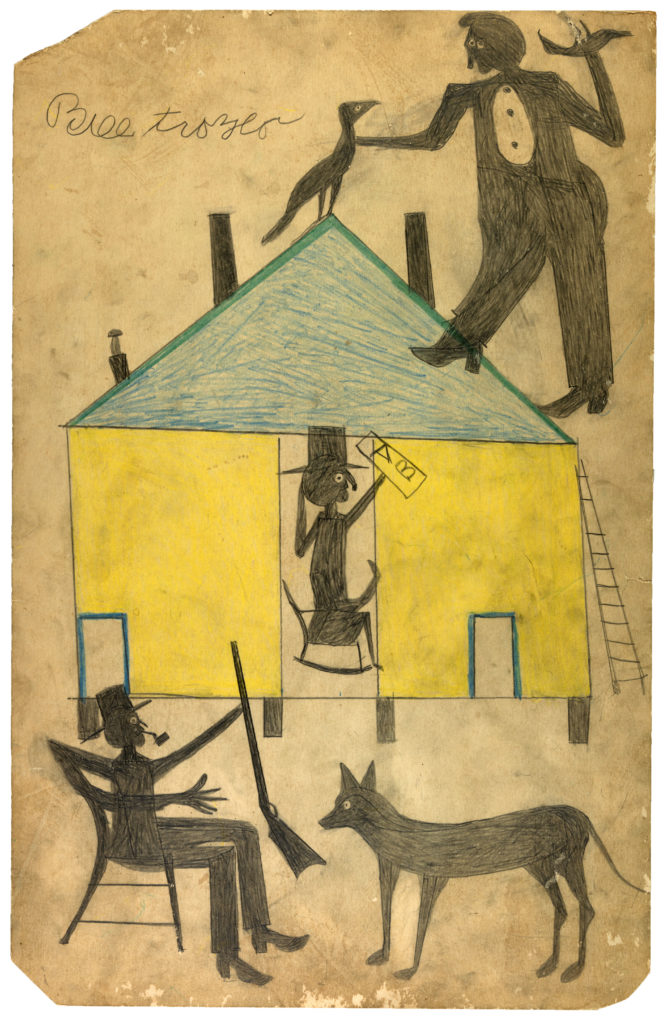
Fig. 14. Untitled (Yellow and Blue House with Figures and Dog), 1939. Colored pencil on paperboard, 22 1⁄2 by 14 1⁄4 inches. Smithsonian American Art Museum purchase through the Luisita L. and Franz H. Denghausen Endowment; Young photograph.
Montgomery in the thirties and forties was a clash of paradigms, entrenched in the past, but being propelled into the future. It was a constricting place in which to live, but it offered Traylor just enough space to become an artist of powerful vision and ability. In the late 1930s, when Traylor was in his late eighties, homeless and in fragile health, he began to draw and paint images based on memories of plantation life and scenes of the emerging African-American culture in an urban setting. Yet his works are neither straightforward “memory paintings” nor realistic depictions from life. In fact, Traylor was a careful editor; he chose his subjects with specificity and omitted a great deal. His pictures are complex translations of oral culture that are best understood against the backdrop of the time, place, culture, and shifting societal views in which they were created. Traylor’s compelling imagery narrates the crossroads of radically different worlds: rural and urban, Black and white, old and new.
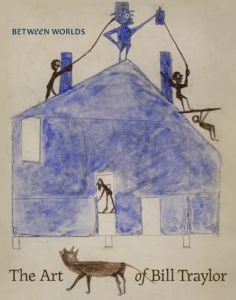
Between Worlds: The Art of Bill Traylor by Leslie Umberger (Princeton University Press).
Between Worlds: The Art of Bill Traylor is on view at the Smithsonian American Art Museum in Washington, DC, from September 28 through March 17, 2019. This article is excerpted and adapted from the accompanying monograph of the same name, by Leslie Umberger, with an introduction by Kerry James Marshall, and published in 2018 by the Smithsonian American Art Museum and Princeton University Press.
Leslie Umberger is curator of folk and self-taught art at the Smithsonian American Art Museum.
1 Bill Traylor would cite his birth date as April 1; based on evidence collected for this project, the author finds the best approximation of his birth year to be 1853. Pleasant Hill would have been the closest town to the farm on which he was born. It has been repeatedly written that Traylor was born on the plantation of George Hartwell Traylor; accounts, including John Getson Traylor’s estate files, land records, plats, land warrants, and deed books, prove otherwise.
2 “Resolutions Adopted by the Conference,” in The Negro in Business: Report of a Social Study Made under the Direction of Atlanta University [. . .], ed. W. E. B. Du Bois (Atlanta, 1899), p. 50. Also cited in Alabama Historical Commission “The North Lawrence-Monroe Street Historic District National Register of Historic Places Inventory Nomination Form,” National Park Service, US Department of the Interior, August 2, 1984.

